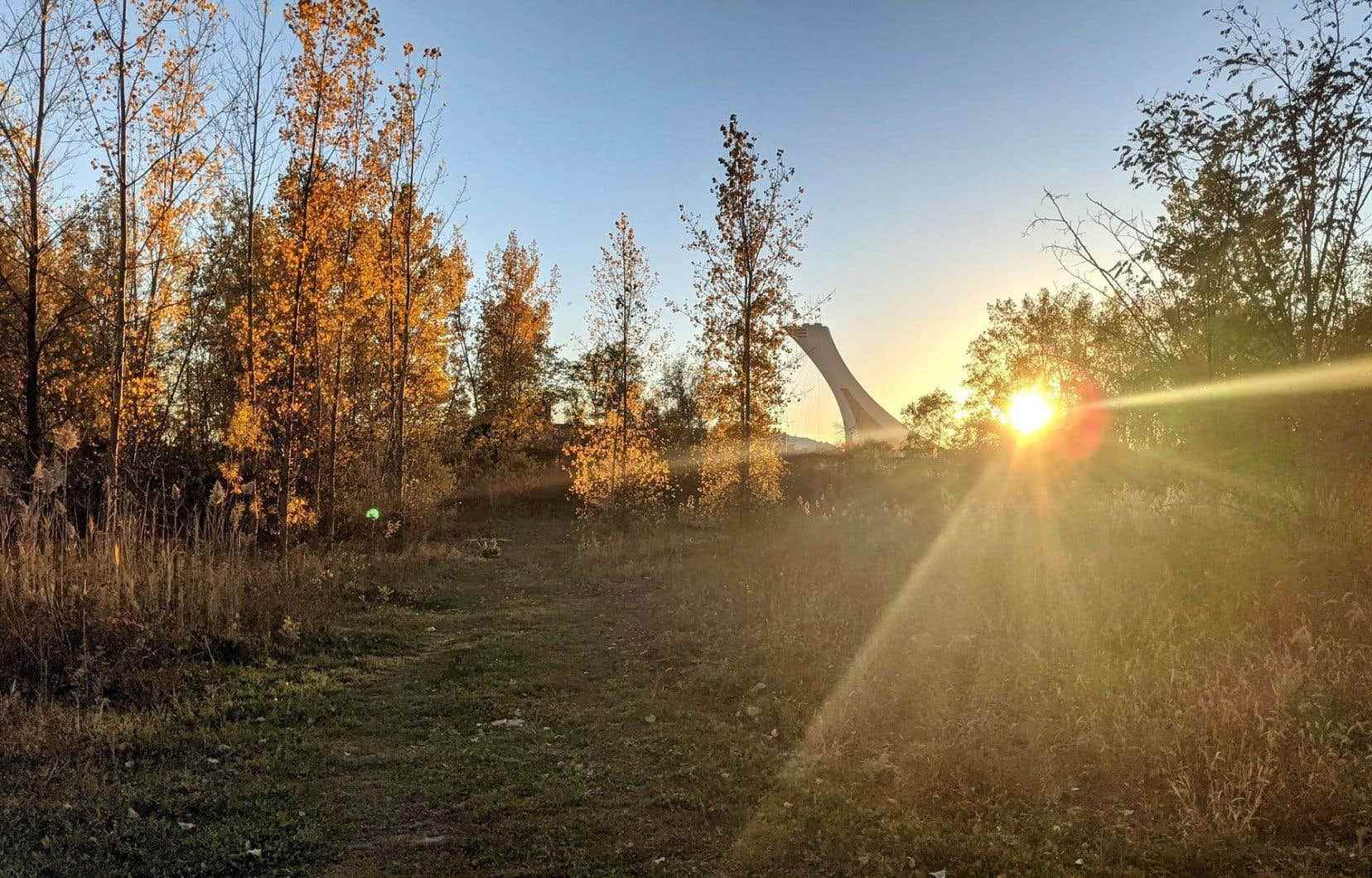The City of Montreal confirmed on Monday that it would protect part of the Steinberg woods, in the Assomption Sud–Longue-Pointe sector, under an agreement with Hydro-Québec. This is a step in the right direction, but the wooded area will be enclosed in an environment where trucking will be important, deplore the citizens mobilized for years for the protection of green spaces in this district.
Hydro-Québec succeeded in acquiring, at a cost of $50 million, land belonging to Rosmac Developments and located north of rue Hochelaga, in order to build a new transformer station.
In return, Montreal will be able to get its hands on the lot where the Steinberg woods are located, located south of Hochelaga Street, for the sum of $7.2 million. This land had belonged to Hydro-Québec for a year. The Plante administration had promised to protect this wooded area, but to achieve this, Hydro-Québec had to find suitable land for its transformer station.
Under this agreement, Montreal is also acquiring a lot north of Hochelaga Street that will not be used by Hydro-Quebec, bringing its total investment to $27 million. This land could accommodate the extension of L’Assomption Boulevard. “But there are still studies that are underway,” said the mayor of Mercier-Hochelaga-Maisonneuve, Pierre Lessard-Blais.
For Mayor Lessard-Blais, this agreement is the culmination of lengthy negotiations and a complex operation aimed at the coordinated acquisition of land. “It’s rare that we can celebrate such important gains as today,” he said.
The City does not plan to make any improvements in the wooded area. However, it hopes to convince the Ministère des Transports du Québec to protect the strip of land it owns south of the wooded area and which includes wetlands.
For her part, the head of ecological transition and the environment on the executive committee, Marie-Andrée Mauger, pointed out that Mercier–Hochelaga-Maisonneuve had a deficit in terms of green spaces, with a canopy index of 19. %, compared to 24% for the city of Montreal. Protecting the Steinberg woods will therefore help to counter heat islands and reduce overflows to the river, she pointed out.
Social acceptability
Given the increase in the population in the area, Hydro-Québec wanted to build a new transformer station, but it came up against a social acceptability issue since, to carry out its project, it would have had to raze the Steinberg woods. . The agreement concluded with the City and Rosmac allows him to continue his project on another land already mineralized.
The investment required by Hydro-Québec is higher than that initially planned, but it is a “better project”, says Julie Boucher, vice-president, sustainable development, community relations and communications at Hydro-Québec. . “It’s an option that is viable from an economic point of view and from a technical point of view, which is going to be more socially accepted and which is better for the environment,” she explained on Monday. According to her, the transactions should be concluded by next spring. Thus, the filing of the impact study could take place in 2024 for commissioning in 2028.
Good news, but…
For citizens who have been mobilized for years to protect green spaces in the area, the preservation of the Steinberg woods is good news. “This is the first time that there is land acquisition. But when you look at the map, the sector [protégé] is not very big, and the rest is intended for highway projects and increased trucking,” laments Anaïs Houde, member of Mobilization 6600 Parc-Nature MHM.
The restoration of CN rails, near the Steinberg woods, and the increase in trucking have citizens fearing a loss of access to the site and of connectivity with other green spaces. Other gestures will have to be made by the authorities, believes Mme Houde. “There is plenty of land in this industrial zone which is wasteland and wasteland and which really deserves to be requalified and protected,” she says. “There is so much left to do! »
